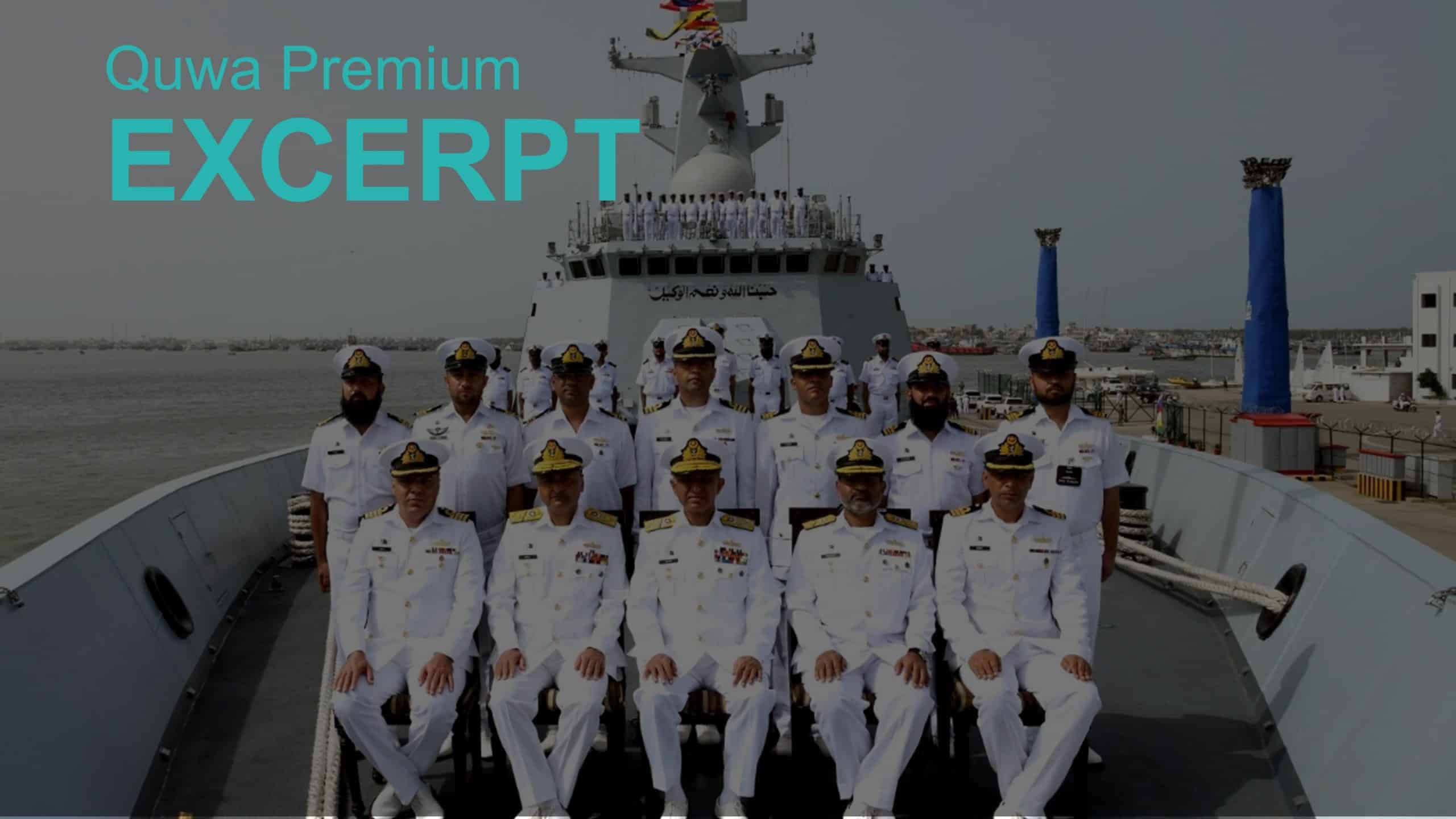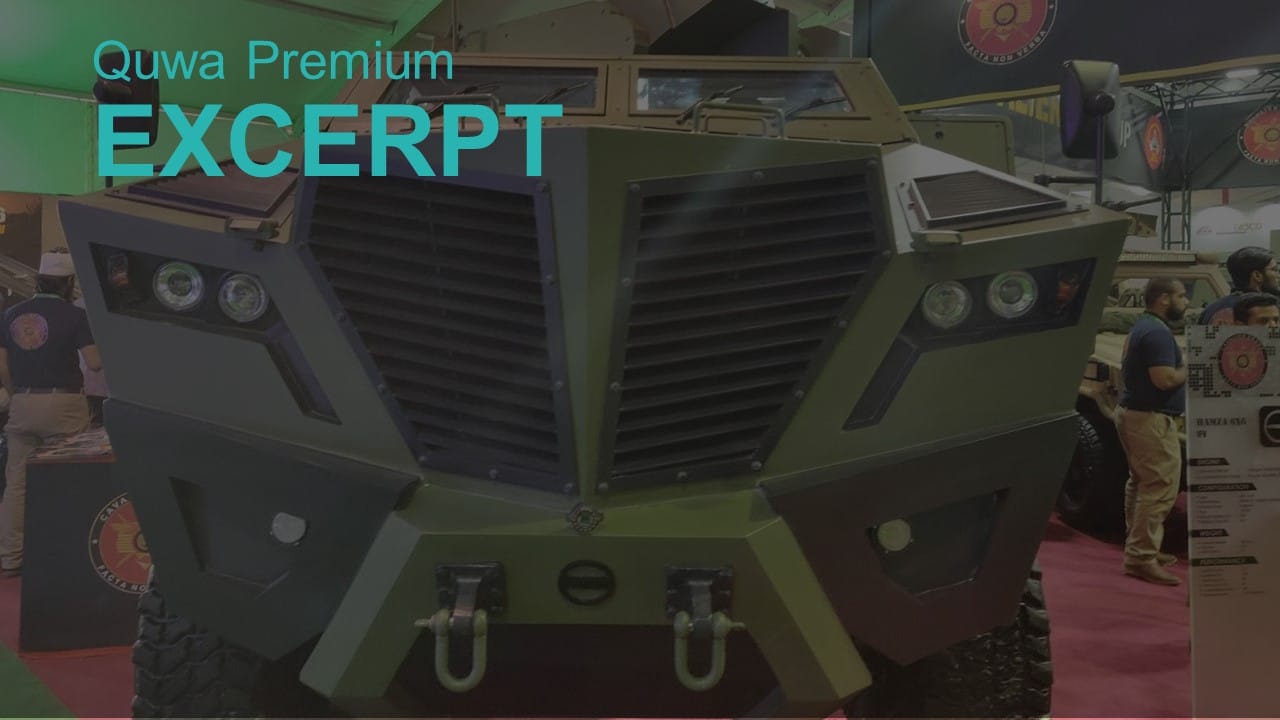26Views

Nigeria Approves Budget with New Payments for JF-17 fighters
On 20 June 2018, Nigeria’s President Muhammadu Buhari signed the country’s next fiscal budget – i.e. the 2018 Appropriation Bill of the Federal Government of Nigeria – into law.[1] Not only did the final budget retain the $35 million US installment allocated for three JF-17 Thunder multi-role fighters – to be procured from Pakistan Aeronautical Complex (PAC) – but the revised budget added another $47 million US for the Nigerian Air Force (NAF) JF-17 program.[2] With Nigeria previously allocating $14 million US for JF-17s in its 2016 budget, it appears that the country will complete its payments to PAC by the end of 2018.
Not only does the allocation firmly settle that the NAF is to be a JF-17 user, but with its payments done, it should be on track to begin inducting these aircraft. Currently, the workhorse of Nigeria’s combat aircraft fleet is the F-7NI (i.e. a version of the F-7MG), a platform the JF-17 was designed to affordably supplant.
The NAF is also taking delivery of Russian Helicopters’ Mi-35M assault helicopter. As of April 2018, Nigeria has taken delivery of a total of four Mi-35Ms out of a total order of 12 helicopters.[3] The NAF is also waiting for the delivery of 10 Sierra Nevada A-29 Super Tucano close air support (CAS) aircraft, a deal for which it had inked at the beginning of January 2018.[4] Of Nigeria’s marquee programs, the JF-17 is the smallest one in terms of its current value and quantitative scope. This is surprising seeing that it is a fast-jet program.
However, speaking to Quwa in January, retired Pakistan Air Force (PAF) Air Commodore – and today, historian and analyst – Kaiser Tufail outlined that the NAF’s relatively modest purchase is likely a prelude to a long-term, gradual fleet build-up. Basically, the first three aircraft will enable the NAF to acclimate to the JF-17, be it in terms of its maintenance training or its pilots. In addition, small batch purchases such as this can readily be absorbed into Nigeria’s fiscal budget without forcing the country into a loan.
JF-17 Export Efforts: Negotiating Expectations
Despite attaching the importance of exporting the Thunder in its narratives, commercial endeavours (in regards to the JF-17) have not been a priority of the PAF… | Read More
Additionally, one should examine the situation from PAC’s perspective as a soon-to-be original equipment manufacturer (OEM) for a fighter aircraft. In fact, the NAF JF-17 program would be PAC’s first project as a fast-jet OEM.
End of Excerpt (407/1,563 words)
The full article is available to Quwa Premium subscribers here.
[1] “Federal Government of Nigeria’s 2018 Budget.” Deloitte Nigeria. June 2018. URL: http://blog.deloitte.com.ng/wp-content/uploads/2018/06/Newsletter-2-2018-Budget-002.pdf (Last Accessed: 11 July 2018).
[2] “2018 Appropriation Bill. Budget Office of the Federal Republic of Nigeria. URL: http://www.budgetoffice.gov.ng/index.php/2018-approved-budget-details?task=document.viewdoc&id=681 (Last Accessed: 11 July 2018).
[3] Goodness Adaoyiche. “NAF takes delivery of MI-35M helicopter gunships.” Pulse. 30 April 2018. URL: https://www.pulse.ng/news/local/naf-takes-delivery-of-mi-35m-helicopter-gunships-id8324106.html (Last Accessed: 10 July 2018).
[4] “Nigeria Senate Sees Alarming Rise of Human Rights Violations.” Bloomberg. 11 July 2018. URL: https://www.bloomberg.com/news/articles/2018-07-11/nigerian-senate-sees-alarming-rise-of-human-rights-violations (Last Accessed: 11 July 2018).


